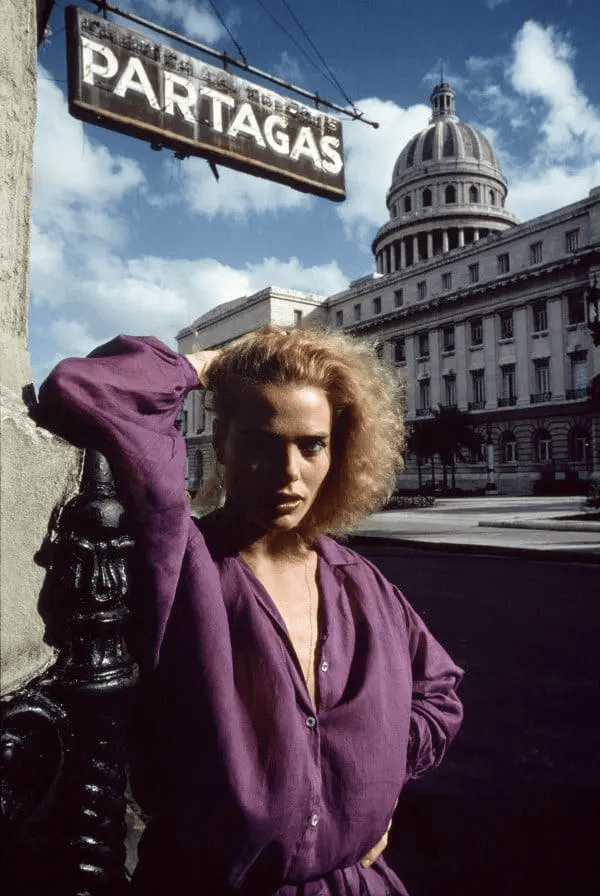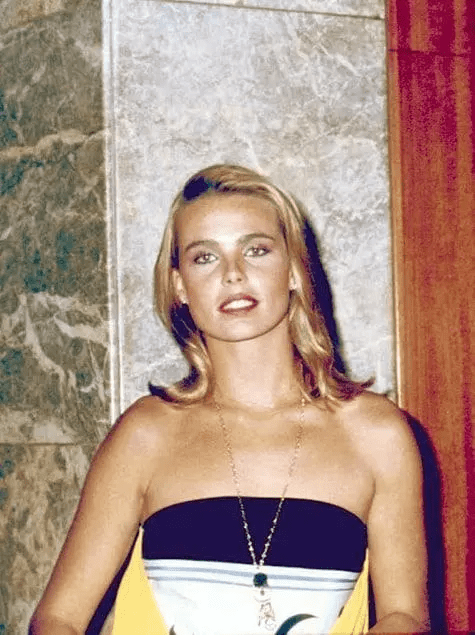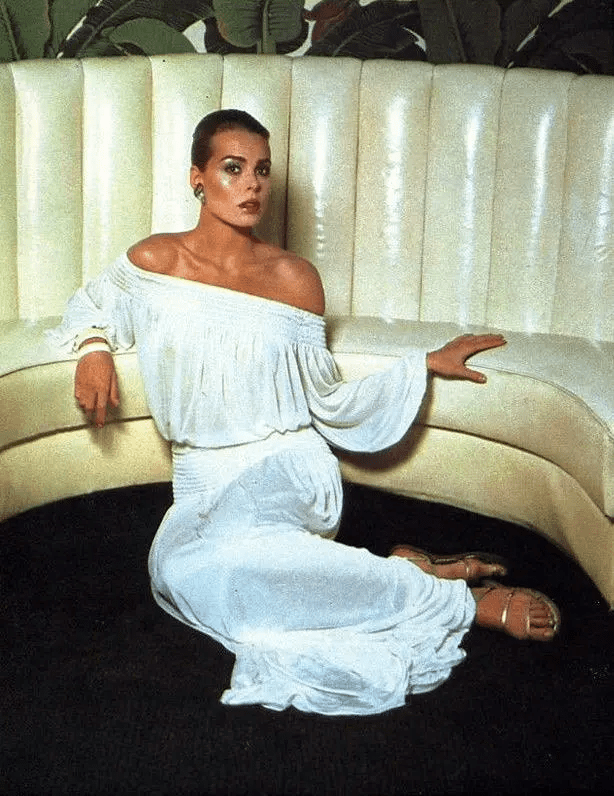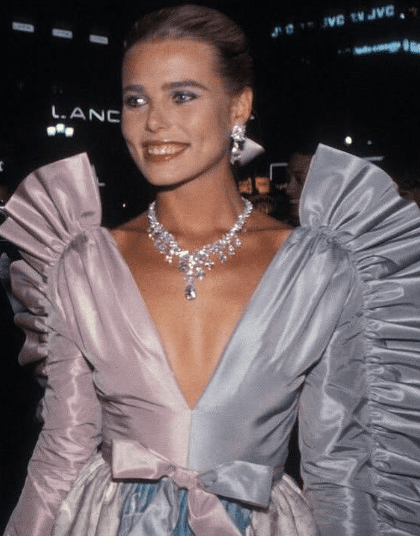
Margaux Hemingway was more than just a fashion icon; she was a woman of remarkable presence, charisma, and talent. As the granddaughter of literary giant Ernest Hemingway, she carried a famous name that both opened doors and weighed heavily on her life. Rising to fame as a supermodel and actress, Margaux became one of the most recognized faces of the 1970s, gracing magazine covers and setting the stage for a new era in fashion. Yet, behind the glamour and success was a woman struggling to define her identity in an industry and a world that often demanded more than she could give.
Early Life and Influences
Born Margot Louise Hemingway on February 16, 1954, in Portland, Oregon, she later changed the spelling of her first name to Margaux, inspired by the Château Margaux wine her parents drank on the night of her birth. Raised in a family with a rich literary legacy, she grew up in Ketchum, Idaho, surrounded by the rugged beauty of the outdoors—a setting that deeply influenced her early years.
Video: Margaux Hemingway LIPSTICK LYNX
Despite her famous lineage, Margaux’s childhood was not one of luxury and ease. She struggled with dyslexia and self-confidence issues, often feeling overshadowed by the Hemingway name and the legacy it carried. Yet, her striking height (6 feet tall) and natural beauty made her stand out from an early age. It was these attributes that would later launch her into the world of high fashion.
Rise to Stardom: Becoming a Supermodel
In the mid-1970s, Margaux Hemingway emerged as one of the most sought-after models in the world. Her career took off after signing a million-dollar contract with Fabergé, making her the face of their Babe perfume. This deal was one of the largest modeling contracts of its time and cemented her status as a supermodel before the term became widely used.
Her striking features, tall frame, and confident presence made her a favorite for top designers and magazine editors. She appeared on the covers of some of the most prestigious fashion magazines, including:
- Vogue
- Elle
- Harper’s Bazaar
- Cosmopolitan

Margaux’s look represented the glamour and sophistication of the 1970s, and she became one of the first models to gain celebrity status beyond the fashion world. Her jet-setting lifestyle and appearances at high-profile events made her a fixture in the entertainment industry, where she was often compared to other top models of the era.
Transition to Acting: A Hollywood Dream
With her undeniable beauty and growing fame, Margaux Hemingway transitioned into acting, hoping to carve out a new career in Hollywood. She made her film debut in 1976 with the psychological thriller “Lipstick”, in which she starred alongside her younger sister, Mariel Hemingway. Though the film received mixed reviews, it introduced Margaux to the world of acting and further expanded her presence in the entertainment industry.
Her Hollywood career continued with roles in films such as:
- “Killer Fish” (1979) – A disaster thriller that played on her status as a glamorous leading lady.
- “They Call Me Bruce?” (1982) – A comedy film that showcased her ability to embrace different genres.
- “Over the Brooklyn Bridge” (1984) – A romantic comedy where she demonstrated her versatility on screen.
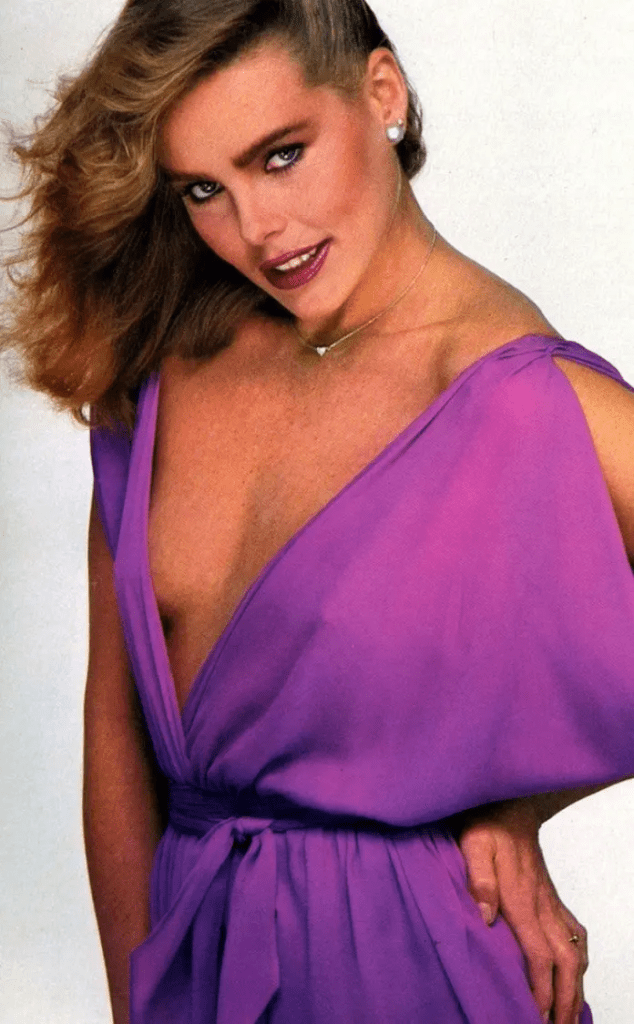
Though she pursued acting with passion, she struggled to find lasting success in Hollywood. The pressure of living up to expectations—both from the industry and her famous family name—proved challenging. Despite her efforts, she never quite achieved the same level of stardom in film as she had in modeling.
The Struggles Behind the Spotlight
Behind the dazzling world of fashion and film, Margaux Hemingway faced deep personal struggles. She was candid about her battles with depression, eating disorders, and substance abuse, challenges that were exacerbated by the pressures of fame and the weight of the Hemingway family history.
Margaux also struggled with financial instability despite her early success. The extravagant lifestyle that accompanied her modeling career led to financial difficulties later in life, as opportunities in the industry became scarce.
Video: Lipstick – Margaux and Mariel Hemingway
Her relationship with her family, particularly with her younger sister Mariel Hemingway, was often complicated. While the two shared a bond, they also experienced rivalry and differences in how they approached their respective careers and personal lives.
Rediscovery and Spiritual Journey
As Margaux moved into the later years of her life, she sought to redefine her identity beyond modeling and Hollywood. She explored spirituality, wellness, and alternative healing, attempting to find peace away from the industry that had both elevated and drained her.
She embraced holistic health practices and yoga, even speaking publicly about her efforts to heal and move forward. Her journey of self-discovery became an important part of her narrative, as she tried to inspire others who faced similar struggles.
Margaux Hemingway’s Legacy
Margaux Hemingway’s life was one of extraordinary highs and deep lows, a testament to both the brilliance and burdens of fame. Though her career was shorter than some of her contemporaries, her impact on the modeling industry remains significant. She helped pave the way for models to become celebrities in their own right, setting the stage for the supermodel era of the 1980s and beyond.
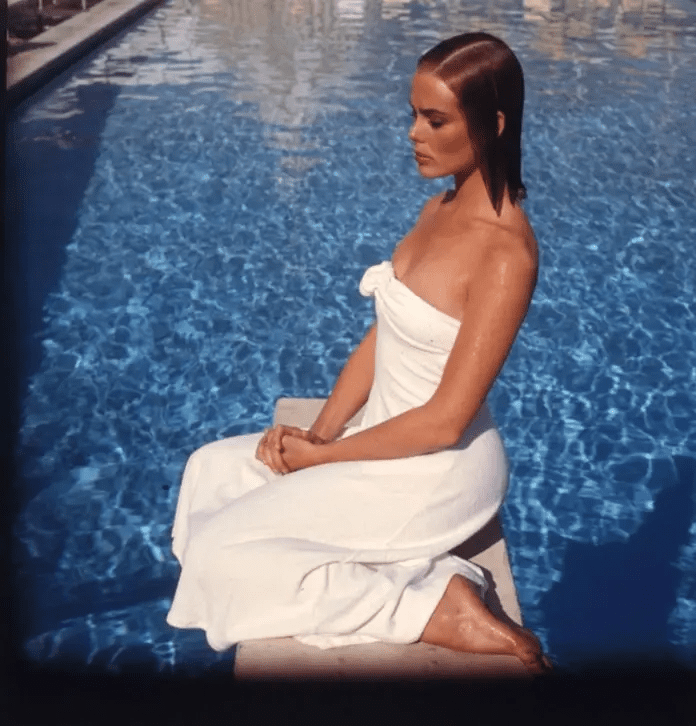
Her legacy continues through discussions of mental health, the challenges of fame, and the pressures faced by women in entertainment. As a figure who broke boundaries and redefined beauty in her time, Margaux Hemingway remains a symbol of both the glamour and the hardships that accompany success.
Conclusion: Remembering Margaux Hemingway
Margaux Hemingway’s story is a cautionary yet inspiring tale of a woman who lived life on her own terms. She was a pioneer in fashion, an actress with ambition, and a woman who, despite her struggles, sought to find meaning in her journey.
Her name remains etched in history—not just because of her famous last name, but because of the unforgettable mark she left on the worlds of fashion, beauty, and culture.
Here are some great photos of her:


